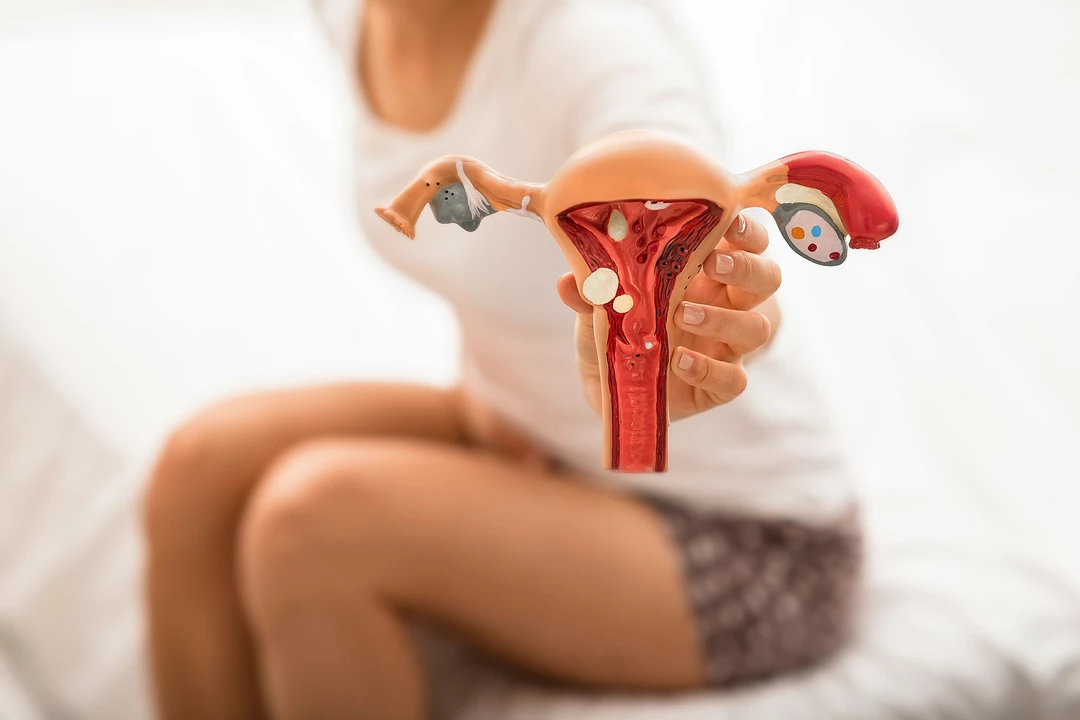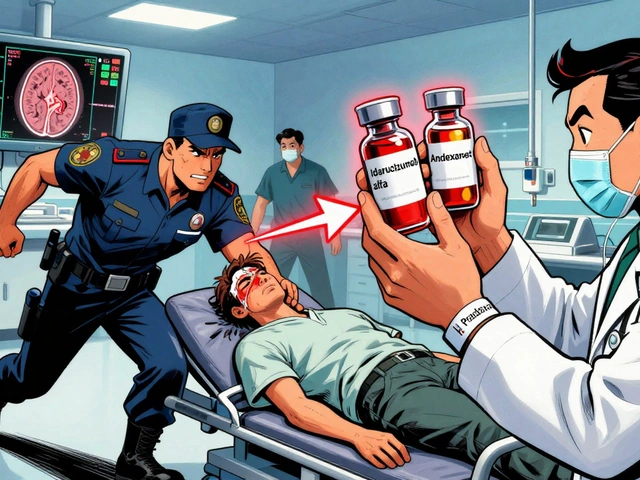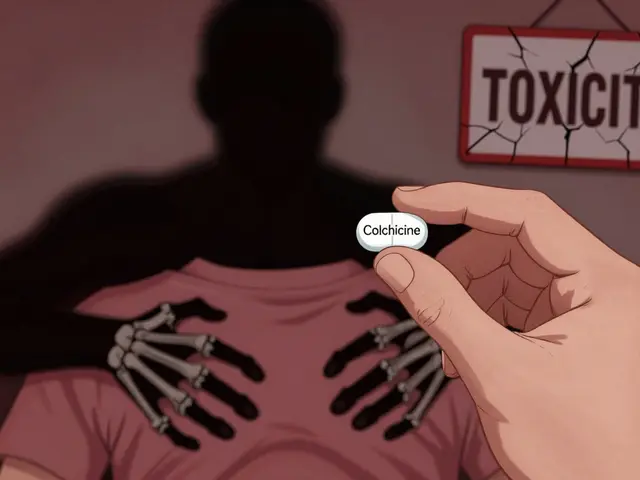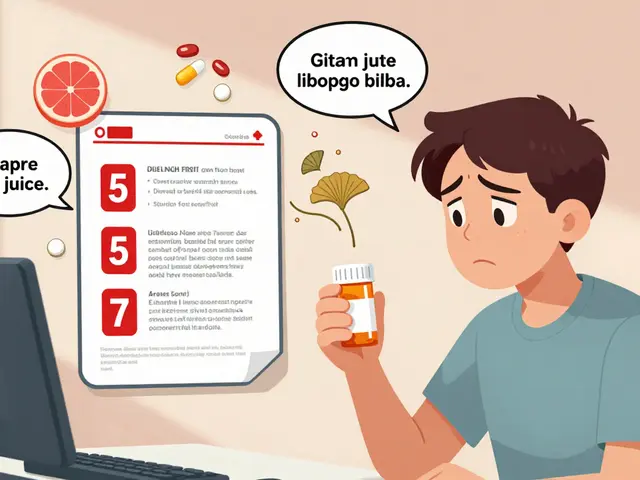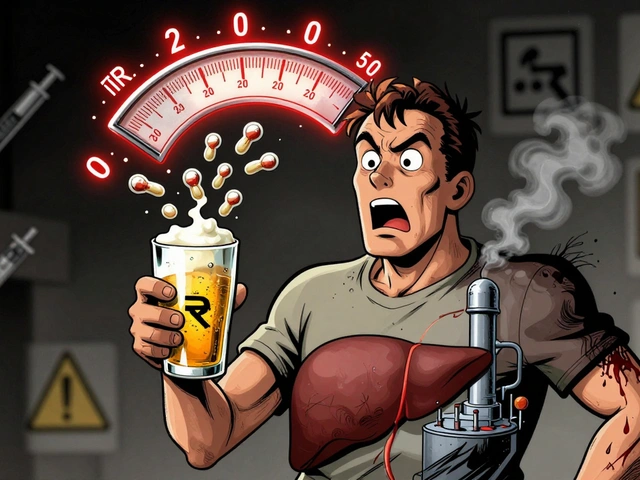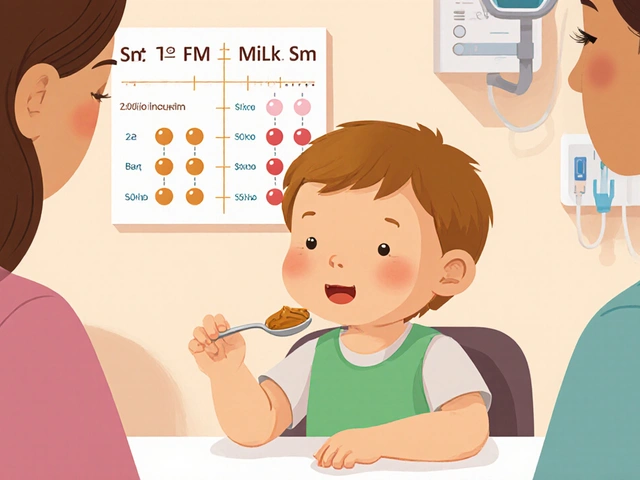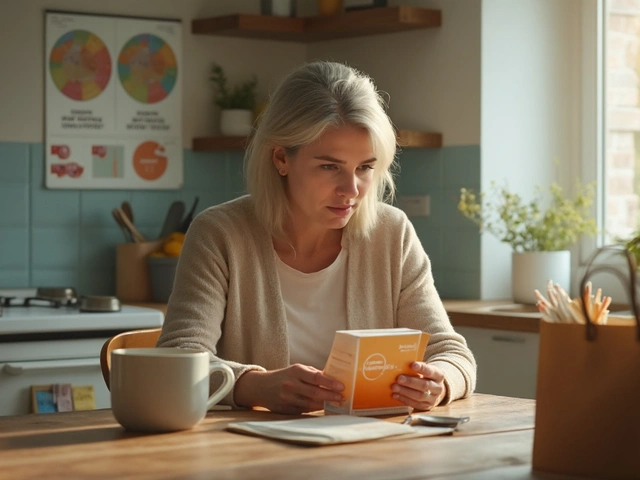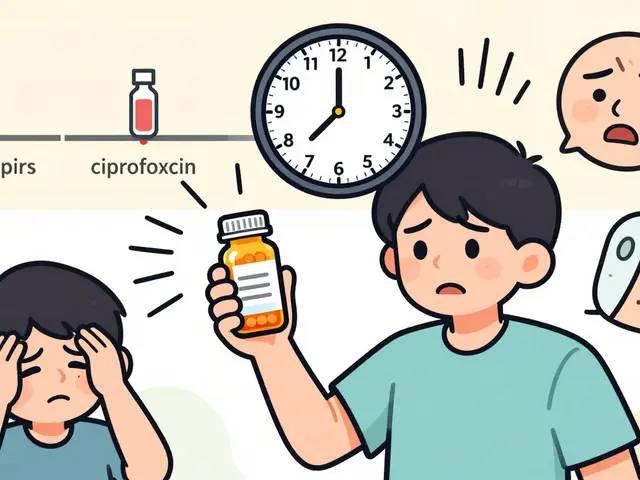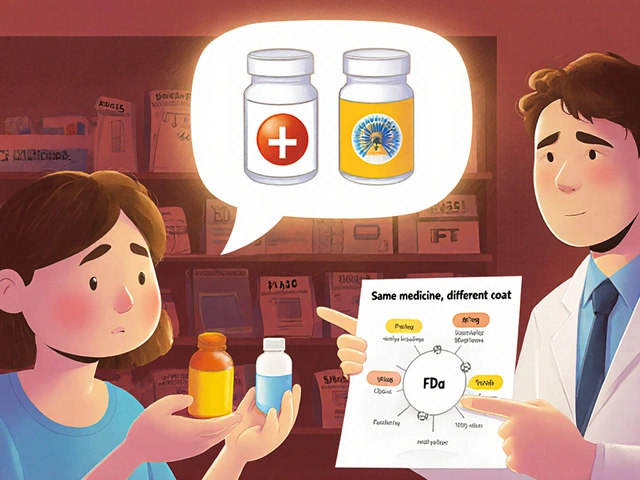Endometriosis: What It Is, How It Feels, and Ways to Cope
If you’ve ever heard the term “endometriosis” and weren’t sure what it meant, you’re not alone. It’s a condition where tissue similar to the lining inside your uterus grows outside of it. This misplaced tissue still bleeds each month, but because there’s nowhere to exit, it can cause pain, scar tissue, and even fertility issues.
What Is Endometriosis?
Think of the uterine lining as a carpet that gets replaced every cycle. In endometriosis, bits of that carpet get tossed onto the ovaries, fallopian tubes, pelvic sidewalls or even the bladder. When hormonal changes trigger bleeding, those spots can swell, become inflamed and form small adhesions that pull organs together.
Typical signs show up in your 20s or 30s, but some people notice symptoms earlier. The most common complaints are:
- Intense menstrual cramps that don’t improve with over‑the‑counter painkillers
- Pain during sex or bowel movements
- Heavy periods or spotting between cycles
- Chronic pelvic ache that lasts throughout the month
- Difficulty getting pregnant
If you tick several of these boxes, it’s worth talking to a doctor. Diagnosis usually involves an ultrasound, MRI or sometimes a minimally invasive laparoscopy where a surgeon can look directly at the implants.
Managing Symptoms & Finding Relief
The good news is there are many ways to ease pain and keep life on track. Most doctors start with hormonal therapy—birth control pills, patches or intrauterine devices—that suppress the menstrual cycle and give the tissue a break.
When hormones aren’t enough, stronger options like GnRH agonists or progestin‑only injections can shrink implants further. These treatments can feel intense, so it’s normal to discuss side effects and how long you’ll need them.
Surgery is another route, especially if pain is severe or fertility is a priority. A skilled laparoscopic surgeon can remove visible tissue and cut down scar tissue. Many patients report significant relief after a well‑planned procedure, though the condition can recur over time.
Beyond medical options, everyday habits matter. Regular low‑impact exercise—walking, swimming or yoga—helps reduce inflammation and boost mood. Heat therapy, like a warm bath or heating pad during cramps, can be surprisingly effective for short‑term relief.
Nutrition plays a subtle role too. Some people feel better cutting back on caffeine, red meat and dairy while adding more omega‑3 rich foods such as salmon, walnuts and flaxseed. Keep a simple food diary to see what works for you.
If pain interferes with sleep, consider a short course of over‑the‑counter NSAIDs (ibuprofen or naproxen) taken early in your period. Taking them before cramps start can prevent the pain from building up.
Finally, support matters. Joining an online community or local support group connects you with folks who understand what you’re going through. Sharing tips, coping strategies and emotional encouragement can make a big difference on tough days.
Endometriosis doesn’t have to define your life. With the right mix of medical care, lifestyle tweaks, and supportive people around you, many find ways to manage pain, protect fertility and keep moving forward.

